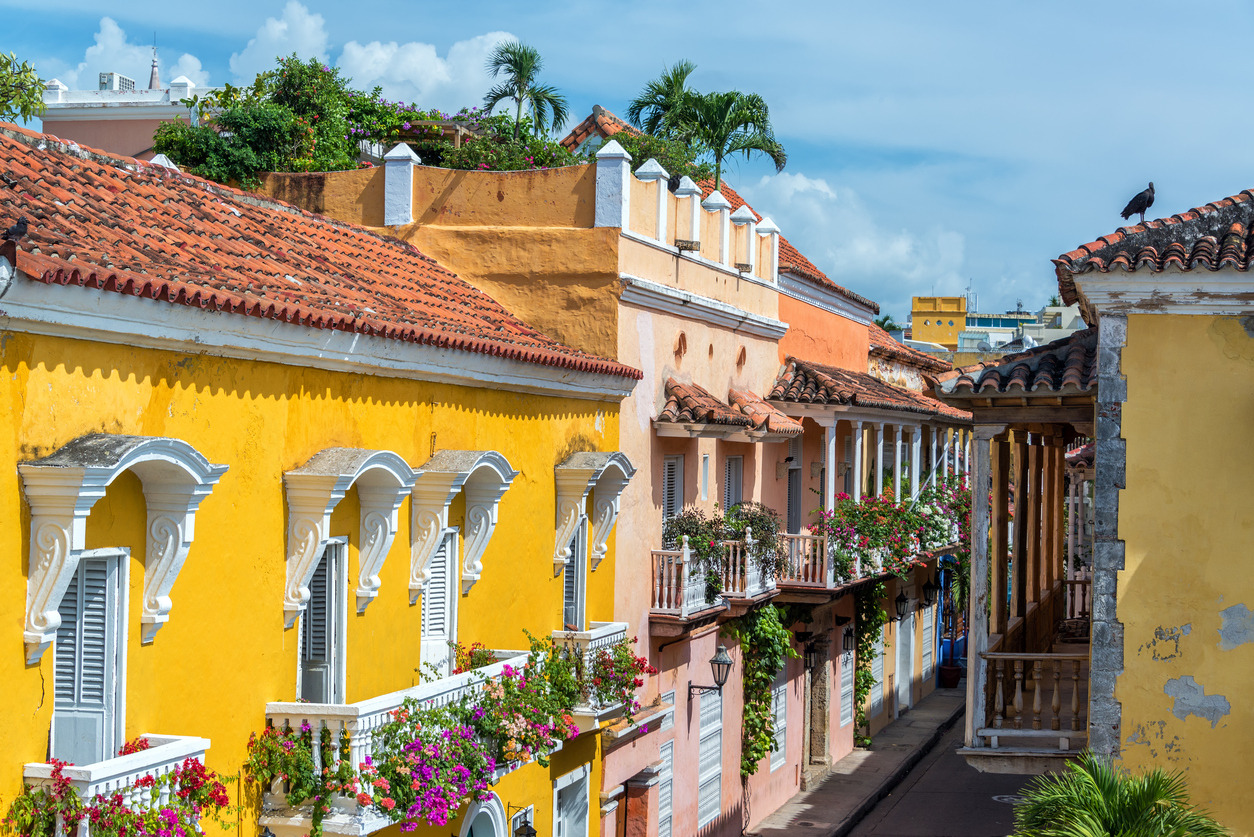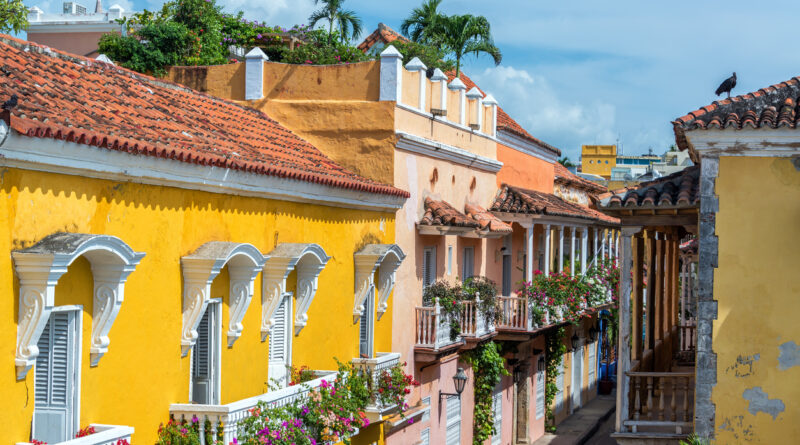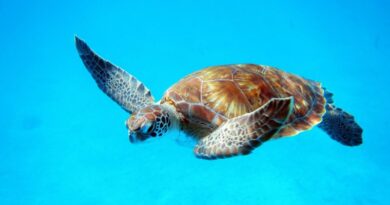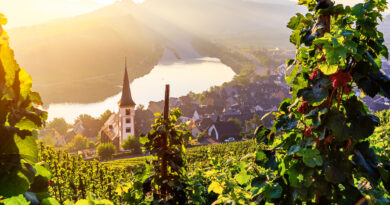The Hot List
The hottest destinations of 2017 will have you riding bicycles in the poppy-strewn fields of France’s best kept secret, following the footsteps of royalty into the Canadian wilderness and roaming tracks once commanded by dinosaurs in the Azores. With a South American destination capable of rivalling Cuba for Latin spirit on the list too, it’s time to pack your passport.
The Yukon
Canada is the hottest destination in the world for 2017, a year in which the country celebrates its sesquicentennial, or 150th anniversary since confederation. However, whilst bonhomie is guaranteed, you’ll find no party poppers disturbing the peace in the Yukon.
The Yukon is silent. Not midnight in the city silent, where the hum of cars, trains and planes pierces the peace every now and then, but an absolute silence that becomes almost deafening at times. Here, a digital detox is unavoidable; few parts of the territory have phone signal, let alone Wi-Fi. It makes little difference though, because no Facebook update or WhatsApp photo could ever do the place justice anyway.
The Duke and Duchess of Cambridge brought attention back to the Yukon in October, when they made a whistle stop tour to the region as part of their Canada Royal Tour 2016. What more can a destination want than the royal seal of approval? Kate and William based themselves in Whitehorse, the Yukon capital but a city as far from the usual bustling metropolis as is imaginable. The Klondike Gold Rush rumbled into town in the 19th century and stuck around here for over a hundred years, its wooden Wild West saloons still standing on the city streets today. This isn’t a place for high-rises, so much so that a law exists to prevent the construction of any building taller than four storeys.
But then nobody ever came to the Yukon for the architecture. They came for nature. Mountains, glaciers, rapids, lakes and valleys. Greenery that reaches high and wide, in forests dense and gorges deep. The towering terracotta terrain of Miles Canyon and the great heights of Grey Mountain’s snow-topped peak. The Yukon’s wild landscape makes it Mother Nature’s own adult adventure playground and the activities here come easy; ice-fishing on frozen lake expanses, snowmobiling through pine forests, dog-sledding in meadow clearings, hiking mountain reserves, canoeing the rivers once paddled by gold prospectors, even skiing for those who are prepared to brave the very lowest temperatures in search of snow.
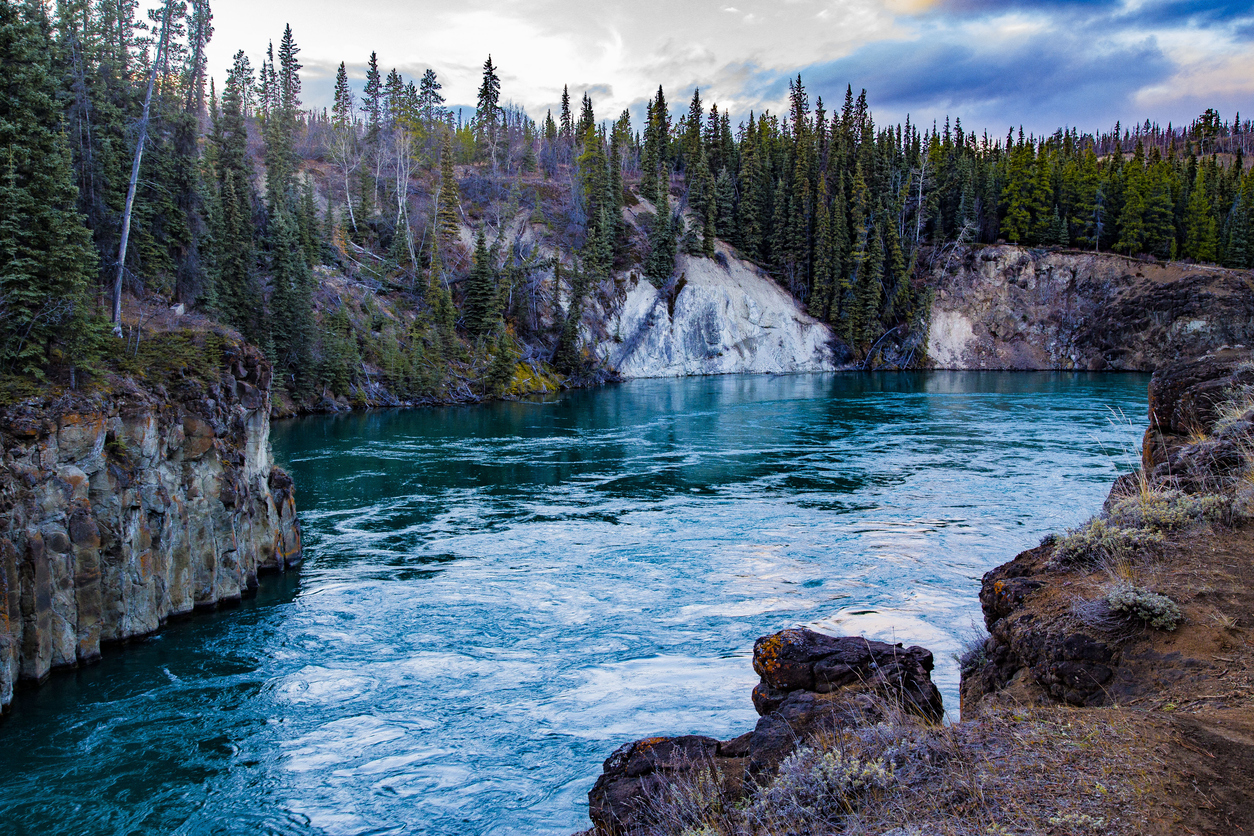
There are lazier days, of course. The Takhini Hot Pools encourage relaxation rather than adventure, and whilst little effort is required in ambling along the White Pass and Yukon Route Railroad to White Pass Summit, the sights along the way defy words. Built in 1898, at the height of the Klondike Gold Rush, the railroad shares its title of ‘International Historic Civil Engineering Landmark’ with the Panama Canal and the Statue of Liberty, though it could be said that it beats both of the aforementioned if judged on the views it offers alone. Connecting the Yukon to Northwest Canada and interior Alaska – many combine Alaska and the Yukon in a land and sea package – the railroad runs 67.5 miles of its original 110-mile track, at times climbing 300ft in 20 miles.
With wildlife in its droves, cultural First Nation ceremonies beneath totem poles and the possibility of seeing the pink and purple glow of the elusive aurora borealis, the Yukon is giving Alaska a real fight for the title of wilderness cruise capital.
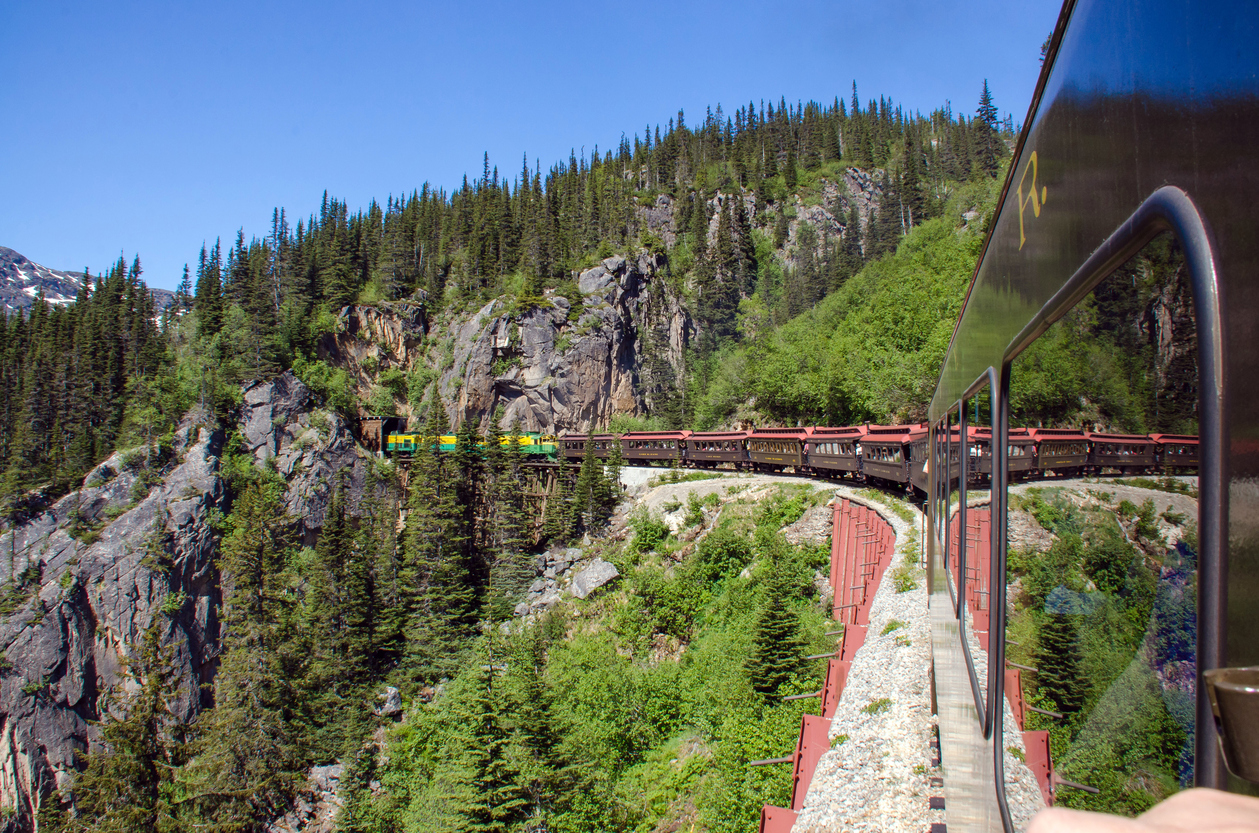
Ile de Ré
La Rochelle is one of cruising’s favourite French ports of call, but head the opposite way, over a bridge which crosses the Atlantic and terminates on an 18-mile long strip of sand, and you might just find your loyalties tested.
Ile de Ré is to chic Parisians what the Hamptons are to well-heeled New Yorkers. This is where wealthy French families summer, throwing open the sage green shutters of their second homes and bathing the rooms in the island’s soft light.
If you were handed a pencil and asked to draw a rustic village in the French countryside, it might look a lot like Ile de Ré. Racing green bicycles with wicker baskets lean against stone walls, hollyhocks and poppies brushing against their slim tyres. Bistros on the harbour dish up French cuisine cooked to Grandmére’s original recipe and seafront markets overlook an unusually blue Atlantic. Ile de Ré is a hidden gem and those who have discovered it would rather keep it that way.
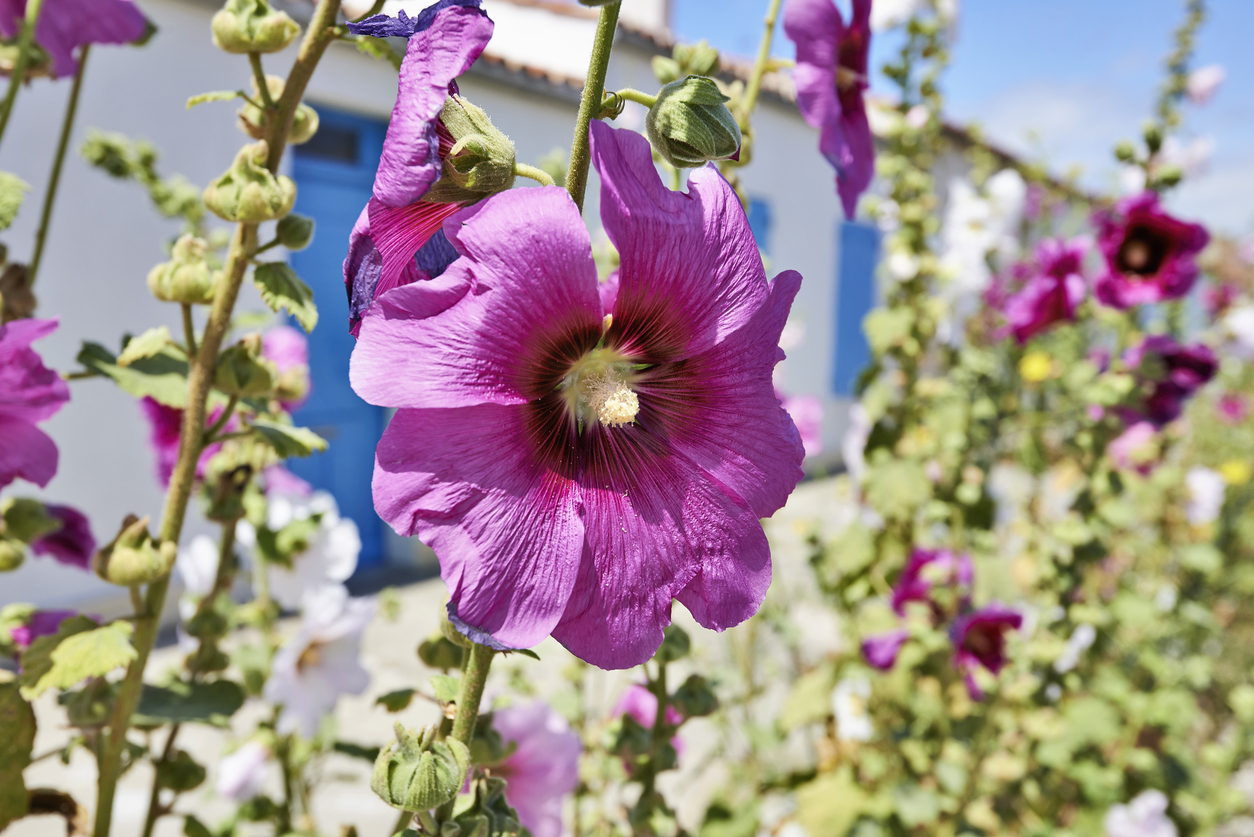
Saint-Martin-de-Ré is the unofficial island capital and the entire town is classified as a UNESCO World Heritage Site, a title which the local council goes to great lengths to preserve. There are no overhead cables or new buildings here, they are banned, and it is no coincidence that the chalky shutters on the weathered stone buildings look strangely coordinated; a law imposed by the council requires them to be painted in one of 16 colours – eight of them green and eight of them blue.
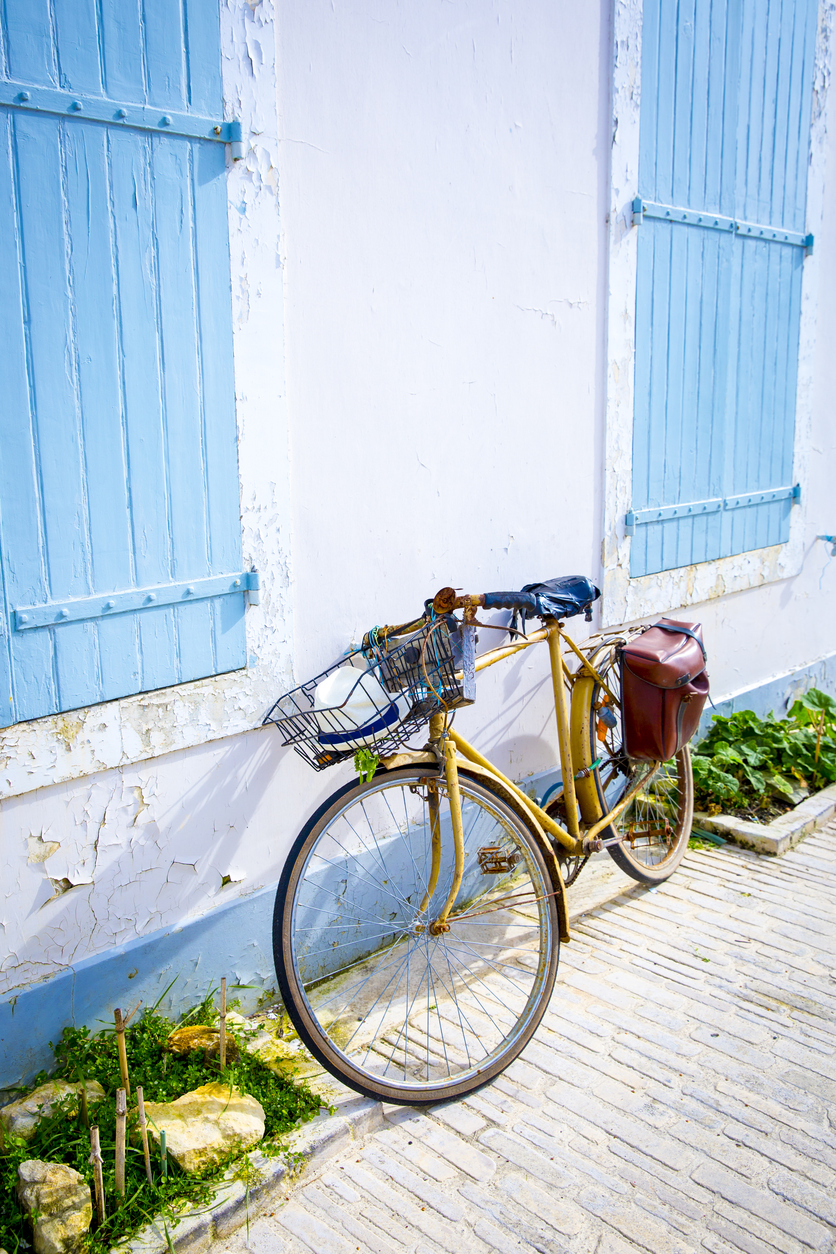
A pretty star-shaped port sits at the heart of the harbour, the walls around it carved out to accommodate restaurants that buzz with diners sharing carafes of French wine and oval plates piled high with steak-frites. On Saturdays, markets swell with plump red tomatoes and fish caught fresh that morning, the culprit often still wearing his bright yellow waders. In a place where the clientele has expensive taste and a penchant for all things high-end, it is charming to see designer boutiques shunned in favour of rustic shops, their exteriors hung with embroidered hand baskets proclaiming ‘sur la mer’.
Riding a bike is one of those things which throws the responsibilities of adulthood aside, unleashing your inner child and reminding you of the excitement which once came with casting aside your stabilisers. Miles of biking trails snake around Ile de Ré, outnumbering roads by far. Two wheels trumps four here, aside from the CV2’s that feel a little as though they have been parked here purposely to add to the island’s charm. Cycling to the village of La Flotte or the pale sands of Le Bois Plage en Re – a roasted chicken, crusty baguette and bottle of wine in your bicycle’s basket – is the simplest of pleasures.
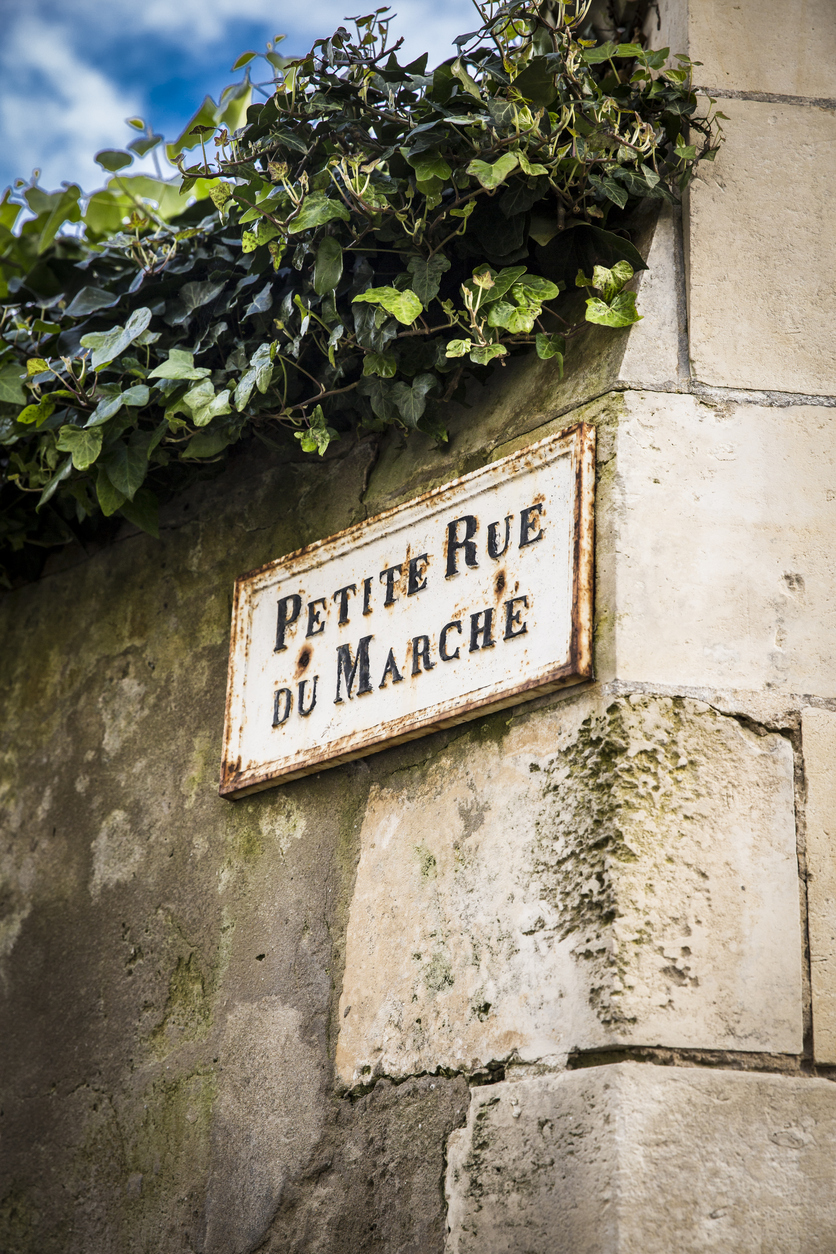
The Azores
There is something prehistoric about the Azores, an autonomous region of Portugal whose mountainous terrain forces its way skyward from the depths of the Atlantic. These nine islands are prehistoric not only in origin but also in appearance, their landscape reminiscent of that in which dinosaurs wrought terror in Steven Spielberg’s Jurassic Park.
But there are no dinosaurs here. The closest you’ll come to those are the lizards that scuttle and scurry between the rocks on crater rims, their scaly skins perfectly camouflaged against the island greenery, of which there is plenty; only 5% of the Azores are built upon, with the rest made up of protected areas and marine reserves. During their time spent in the shadow of better-known Portuguese port Lisbon, the Azores have been quietly nurturing a reputation for sustainable tourism, something that comes rather naturally for a land of volcanic craters and cones, hot springs and thermal pools, lava tubes and botanical gardens.
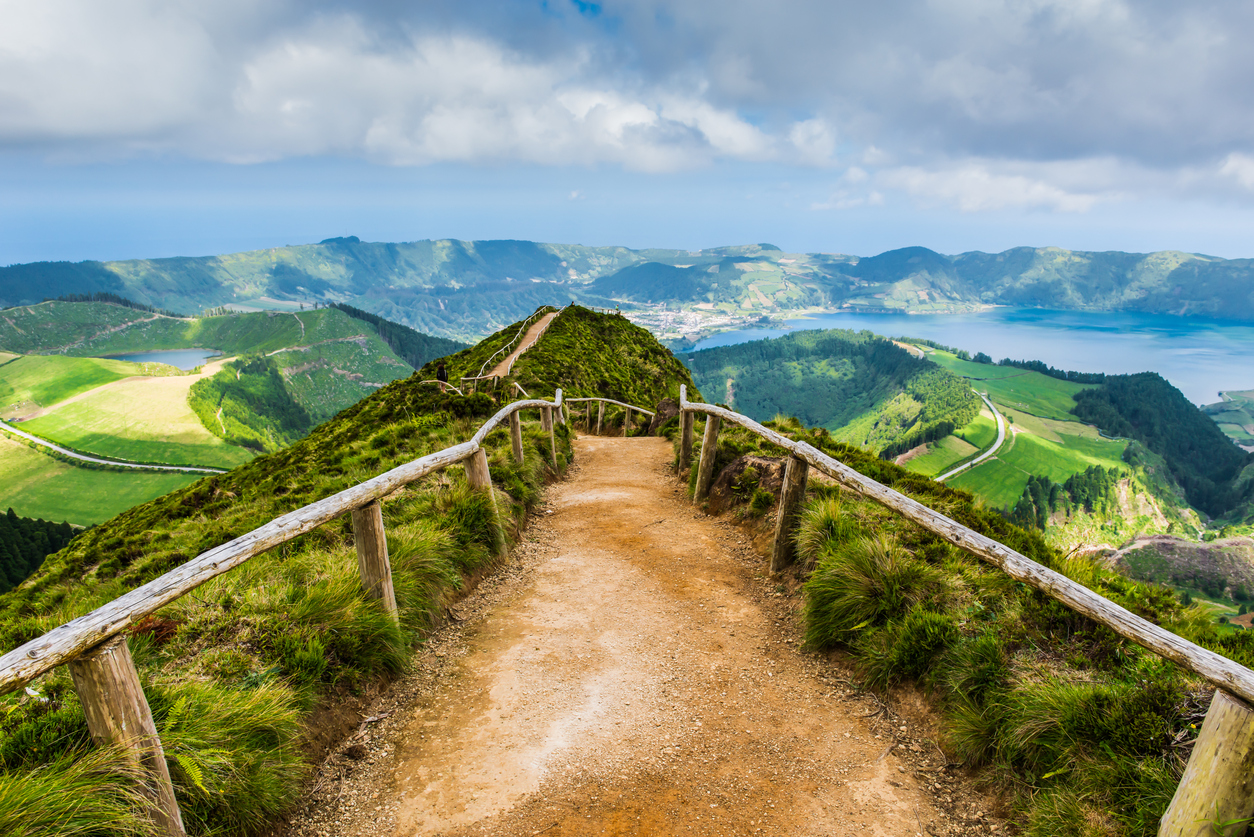
Those who arrive here by ship enter into Ponta Delgada, a port located on the largest of the Azores islands, Saõ Miguel. As a port of call which often appears on Transatlantic or repositioning cruises, Ponta Delgada offers its visitors a warm welcome and a chance to stretch your legs. Nothing breaks up a long-haul sailing quite like an opportunity to peer from a crater rim into the deep blue-green lake below, the smell of hydrangeas and ginger lilies awakening your senses. When you do so at Lagoa do Fogo, at the centre of the island, you’ll often find yourself walking for miles before you’re required to nod a friendly hello to a smiling passer-by. You can canoe in these volcanic calderas too, most often at the Sete Cidades, where green forest rises above you and aquamarine water stretches ahead.
The beaches here are better suited to sightseeing than sunbathing, not that either option holds any real weight when you’ve headed here for the whale watching; twenty-four of the world’s 80 whale species are sighted regularly off the coast of the Azores and they aren’t shy in coming within metres of the surf. In summer, the waters belong to pilot and beaked whales, striped dolphins, Atlantic dolphins and turtles, whilst winter brings the migration of fin and humpback whales, and perhaps most notable of them all, the blue whale; the largest animal in the world.
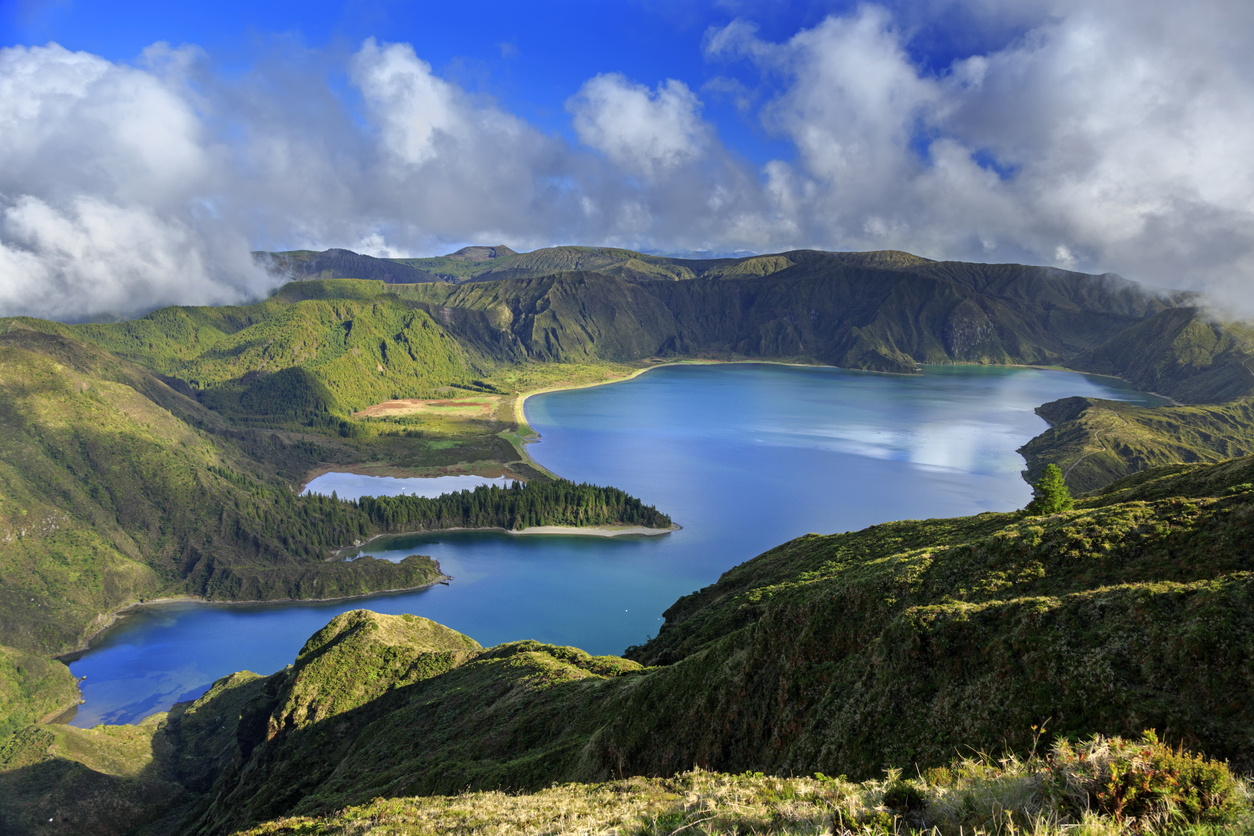
Cartagena
Lively, welcoming and riotous in colour; visiting Cartagena now, it is difficult to believe that this convivial city on Colombia’s Caribbean coast once hid a darker past. However, with Pope Francis set to visit Colombian soil for the first time in over 30 years, the future looks bright for the walled city full of old world charm.
It is easy to draw comparisons between Cartagena and destination of the moment, Cuba. The colonial buildings are as colourful, the people as full of character and the parks shared by equally-animated gents in short-sleeved shirts and panama hats, cigars suspended from their lips. But there are differences too. Whilst Cuba’s culinary offering remains limited and perhaps a little too authentic for some appetites, Cartagena’s rivals that in London, Paris and New York, to name but a few. Then there are the stalls stacked high with plates of lime-drenched ceviche and tropical fruit cocktails, their vendors as vibrant as the food they serve.
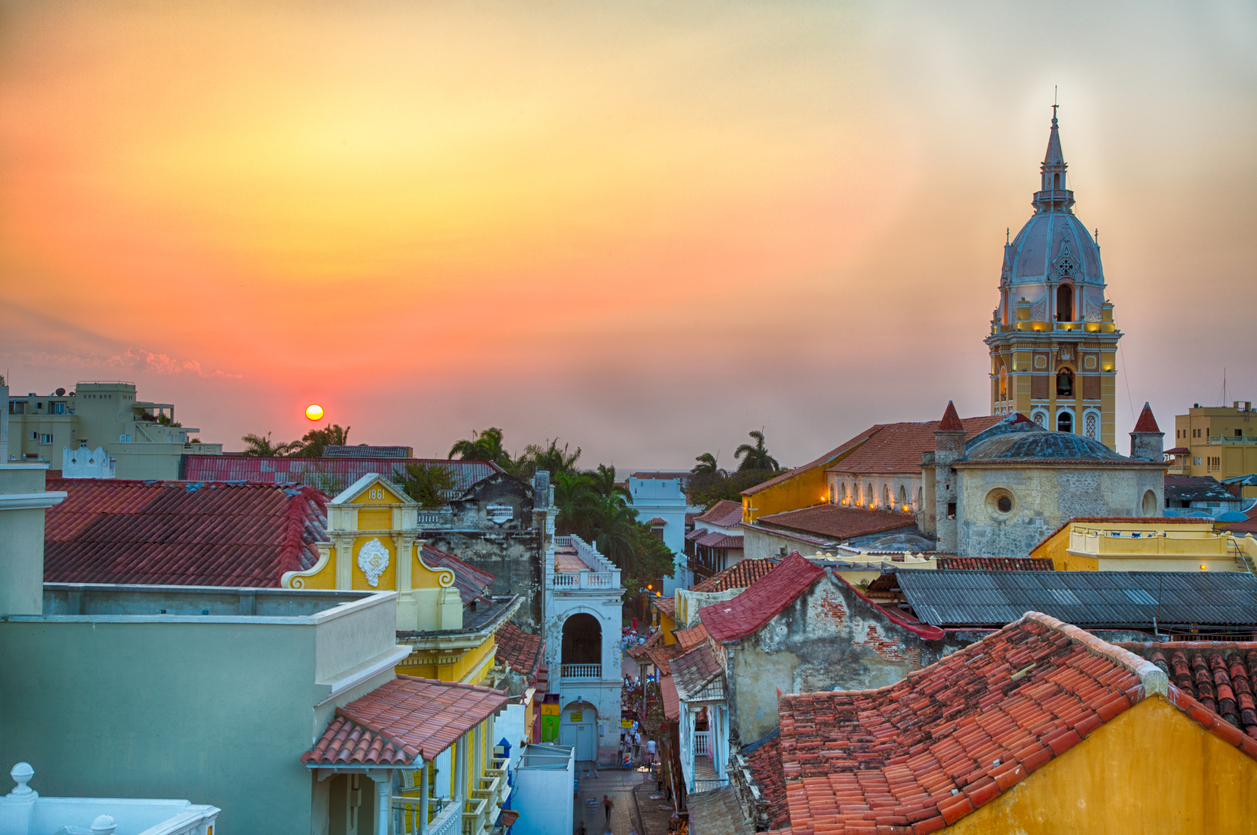
There are two wildly different sides to Cartagena. Bocagrande Beach is renowned for its Miami Vice vibe, thanks to its long stretch of sand, high-rise hotels and neon-lit strips. The old city on the other hand is a Spanish colonial beauty, where life is lived in technicolour, mojitos and Aguila beers flow freely, the empanadas are spicy and horse drawn carriages clatter along narrow streets. This is the real Cartagena and the one which Castillo San Felipe was so keen to protect from siege; as the one-time largest port in the Americas, there was plenty here worth fighting for. The colourful Getsemani neighbourhood is the most up and coming around, its artsy ambience and thriving food scene beginning to attract the attention of the international hoteliers.
Cartagena has its fair share of beaches too, thanks to its location on the Caribbean coast. Bocagrande Beach is the busiest of them all, but the very best sits a 45-minute boat ride away on Isla Baru. Playa Blanca is so good, travellers with a little time to spare have been known to book a spontaneous stay in the huts that sit at the sand’s edge, purely so they can have the beach to themselves the next morning. Those on a cruiser’s schedule will find the beach becomes quieter the further you venture left.
